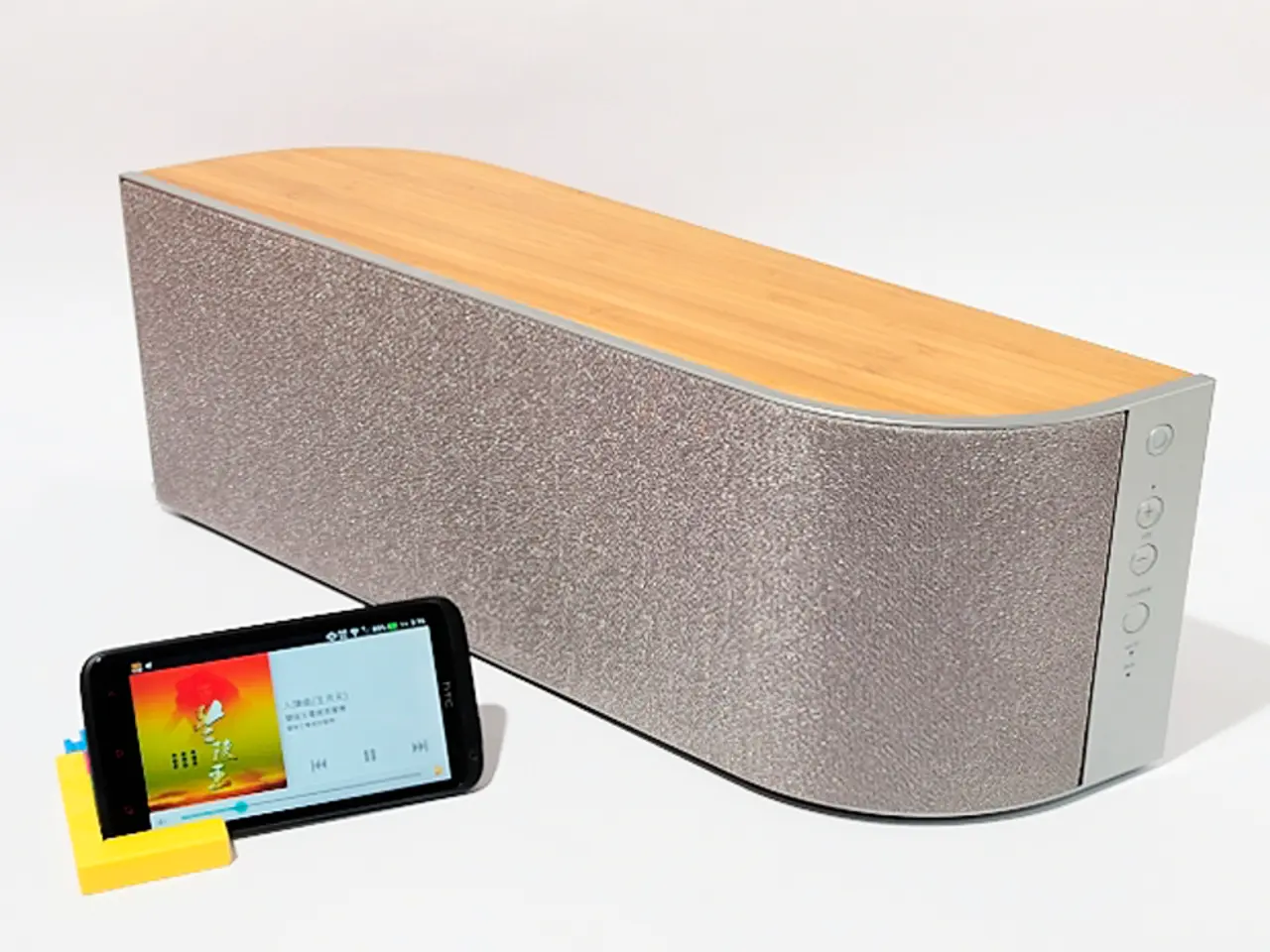Explore the Audio Experience: A Comprehensive Walkthrough on Linking Your Samsung Bluetooth Audio Device
In today's digital world, wireless technology has become an essential part of our lives. One such technology is Bluetooth, which allows devices to communicate without the need for cables. This article will guide you through the process of connecting and using your Samsung Bluetooth speaker.
Enabling Bluetooth on Different Devices
To enable Bluetooth on an Android device, go to Settings > Connections > Bluetooth and toggle the switch to the "On" position. For iOS devices, navigate to Settings > Bluetooth and follow the same steps. Windows laptops can access Bluetooth settings via Settings > Devices > Bluetooth.
Putting Your Samsung Bluetooth Speaker in Pairing Mode
To put your Samsung Bluetooth speaker in pairing mode, press and hold the power button until the LED indicator starts flashing. This indicates that the speaker is ready to pair with a device.
Connecting Your Samsung Bluetooth Speaker
To connect your Samsung Bluetooth speaker, you'll need a device with Bluetooth capabilities, a Samsung Bluetooth speaker (fully charged), and a clear understanding of the Bluetooth pairing process. Once your speaker is in pairing mode, choose it from the list of available devices to initiate the pairing process.
Maintaining a Strong Connection
To ensure a strong and stable connection, keep your device and Samsung Bluetooth speaker within close proximity, ideally within 3 feet (1 meter) of each other. Also, move your device and speaker away from other devices and physical barriers to minimize interference.
Optimising Sound Quality
For optimal sound quality, use high-quality audio sources such as FLAC or ALAC files. Remember that the charging time and continuous playback duration will vary depending on the specific model of your speaker.
Troubleshooting Common Issues
If you encounter issues when connecting your Samsung Bluetooth speaker, such as the device not finding the speaker or the speaker not pairing with the device, try restarting the devices and deleting the speaker from the device's Bluetooth list and re-pairing. If these steps do not resolve the issue, consider updating your devices’ software/firmware to the latest version.
Additional Tips
Many Samsung Bluetooth speakers allow you to pair with multiple devices, but the exact number of devices you can pair with may vary depending on the specific model of your speaker. To pair multiple devices with your speaker, simply follow the usual pairing process for each device.
References
This guide is based on information from various sources, including YouTube tutorials and forums. For more detailed steps and troubleshooting tips, please refer to the following resources:
- YouTube How To Connect Bluetooth Speaker To Smart TV (Jul 2025)
- Cell Phone Hospital, How to Fix Phone Sound Issues (Jul 2025)
- YouTube How To Fix Bluetooth Connected But No Sound (Jul 2025)
- Samsung Community, Multi Output and Bluetooth Issues (Aug 2025)
- To enjoy the sound quality of your Samsung Bluetooth speaker, ensure it is connected to gadgets with a strong and stable Bluetooth connection, and utilize high-quality audio files for optimal sound quality.
- When experiencing problems like the device not finding the speaker or no sound during connection, troubleshoot common issues by restarting the devices, deleting the speaker from the Bluetooth list and re-pairing, and updating your devices' software or firmware.




